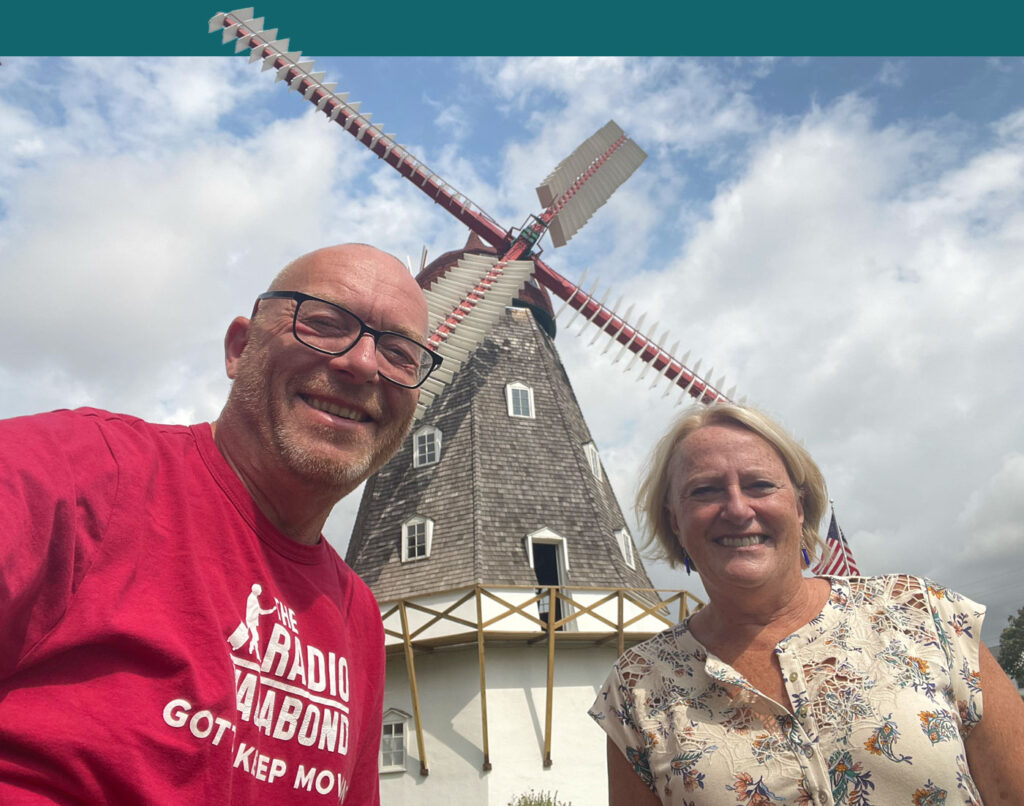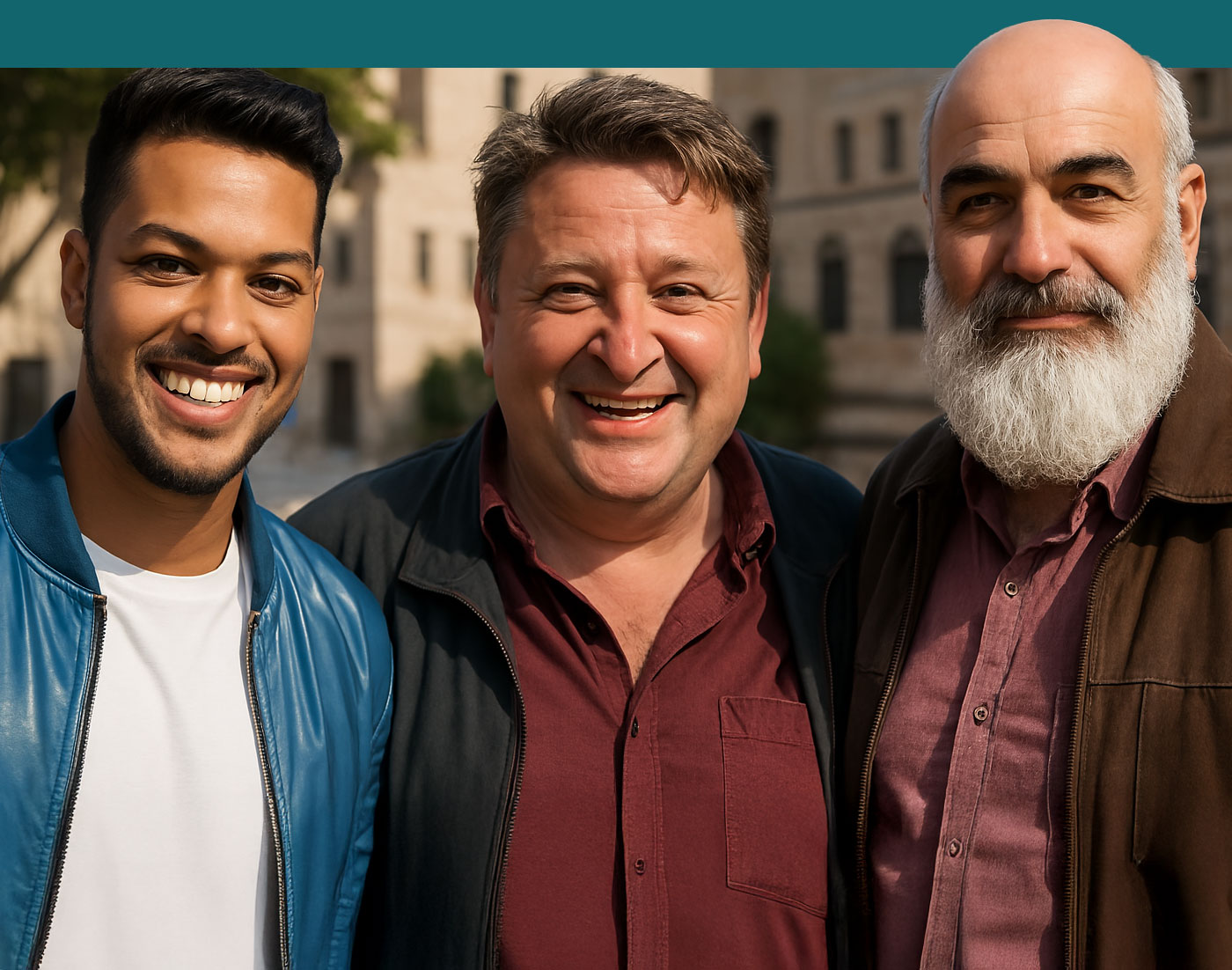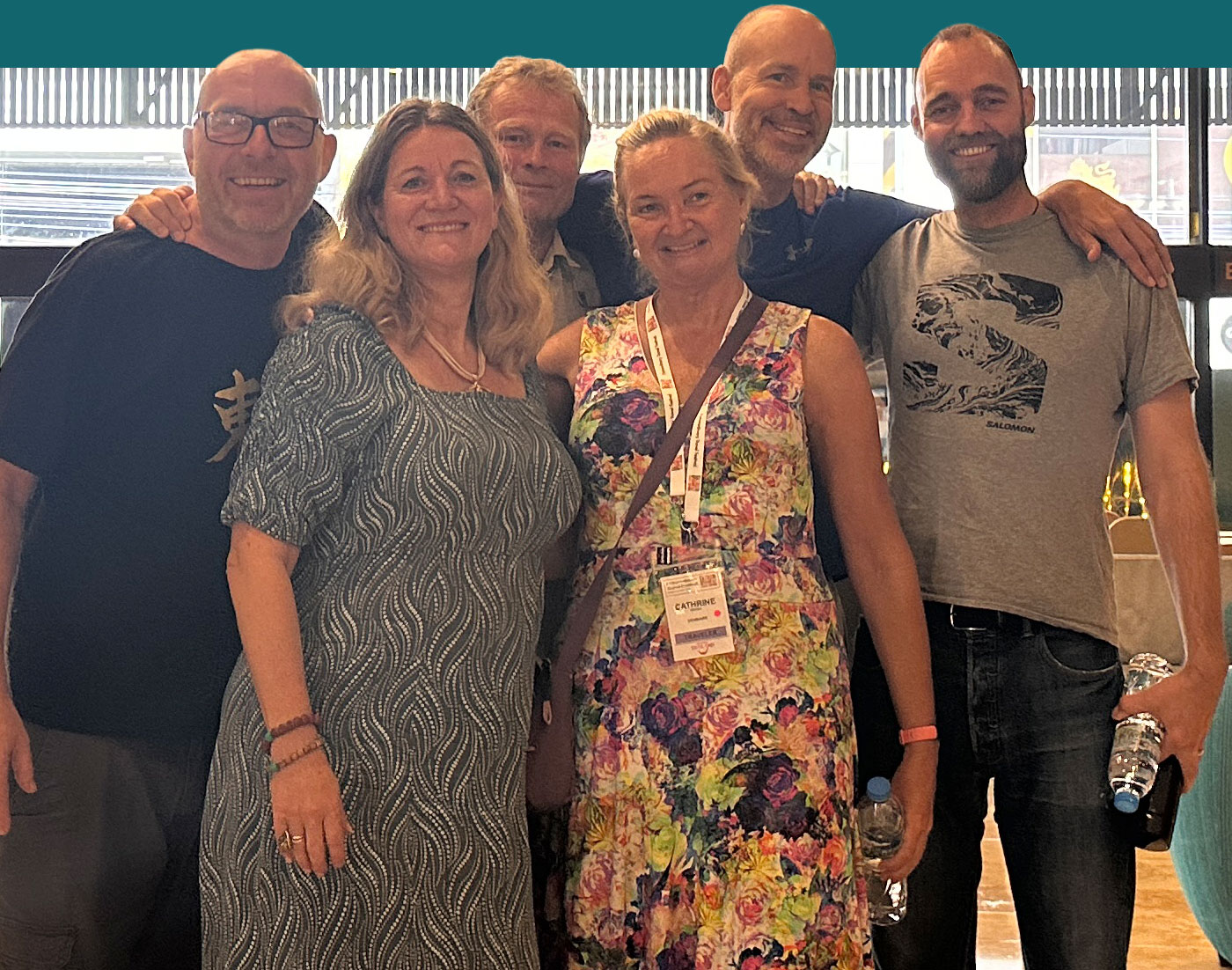Welcome to Dane Country
They call this town of 650 residents, Dane Country, and even though it’s a small town it’s the largest rural Danish settlement in the US.
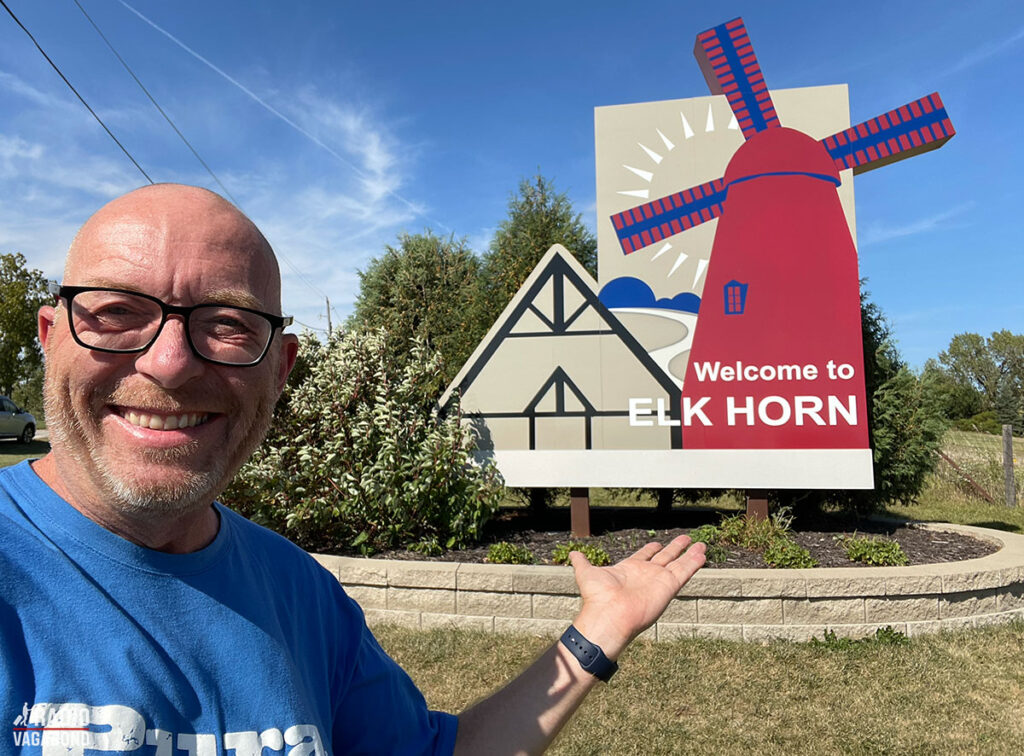
I intend to spend a few days here to see just how Danish it is today. I’ll speak to the locals and explore how much of the Danish heritage still lives on today. I’ll go to the Danish Windmill that is an actual windmill from Denmark, visit the Danish Museum called “Bedstemors Hus” (Grandma’s House), and I’ll have a few beers with the Mayor, Stan Jens in his garage next to his Harley Davidson.
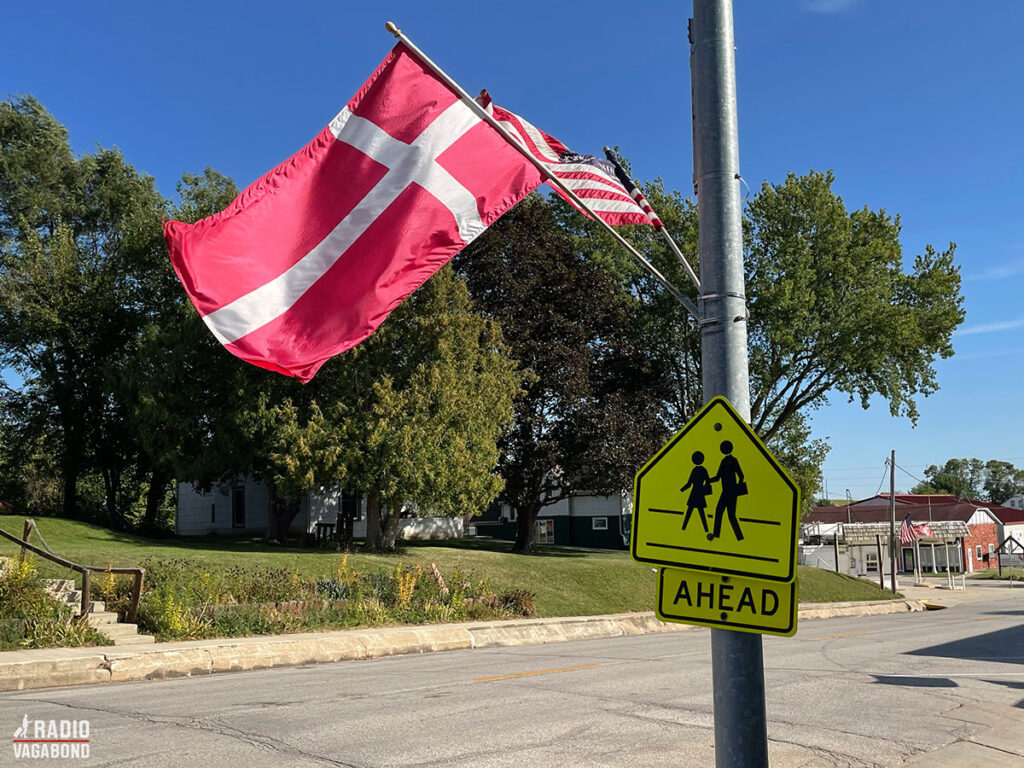
This part of America is called Dane Country. And sure, I am Danish, so this specific part of American immigration history is of extra interest to me and other Danes – but stay with me… don’t feel left out if you’re not Danish. I could do a similar story about Polish American, a Greek American, a Korean American community, a China Town, Little Italy and even a … well, you insert the country you’re from – or if you’re American, where your ancestors were from. I think you’re going to find it interesting.
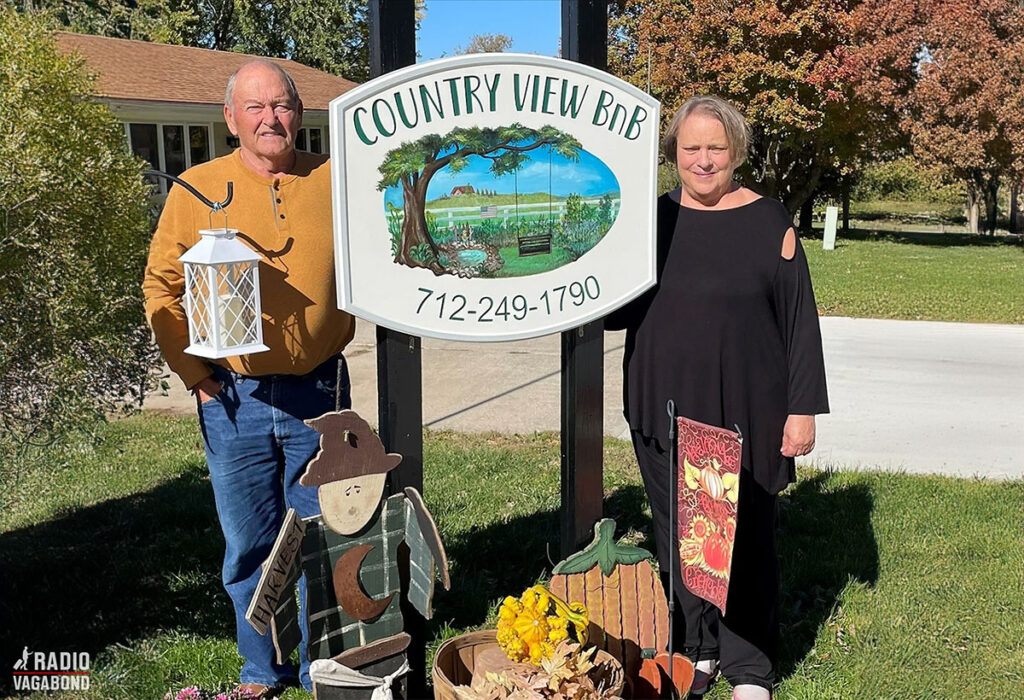
Staying With the Locals
It’s my first morning, and it started raining making it resemble Denmark even more.
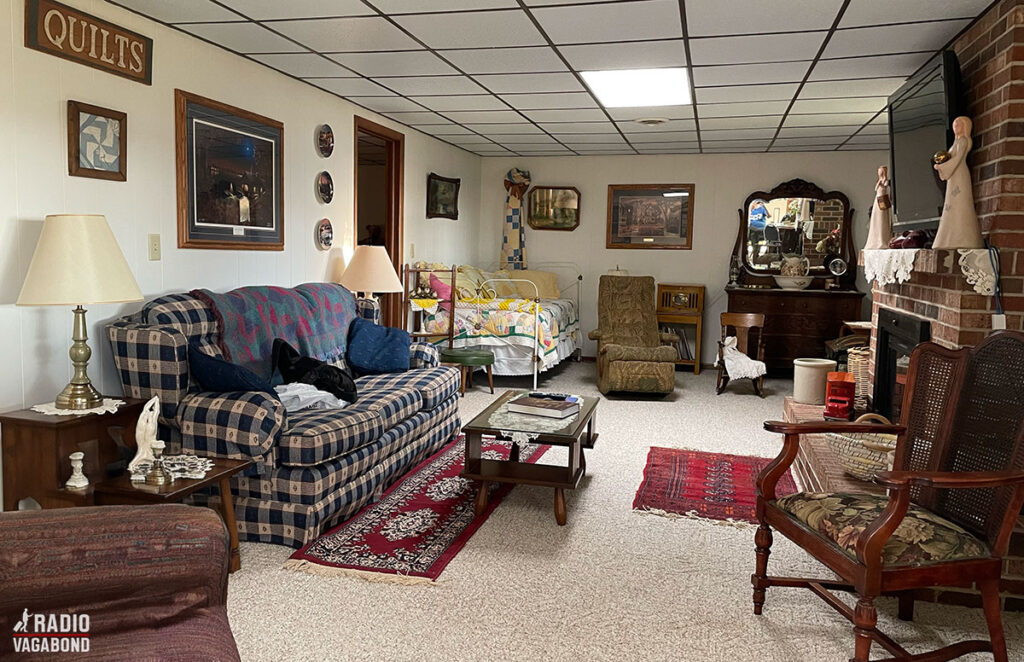
I’m staying at a wonderful BnB with Lynn and Trudy Juelsgaard on Union Street in Elk Horn. This Bed and Breakfast called Country View BnB, offers private apartment in the lower floor of their house with a living room, kitchen, bathroom and two separate bedrooms along with great views of the countryside in the private backyard.
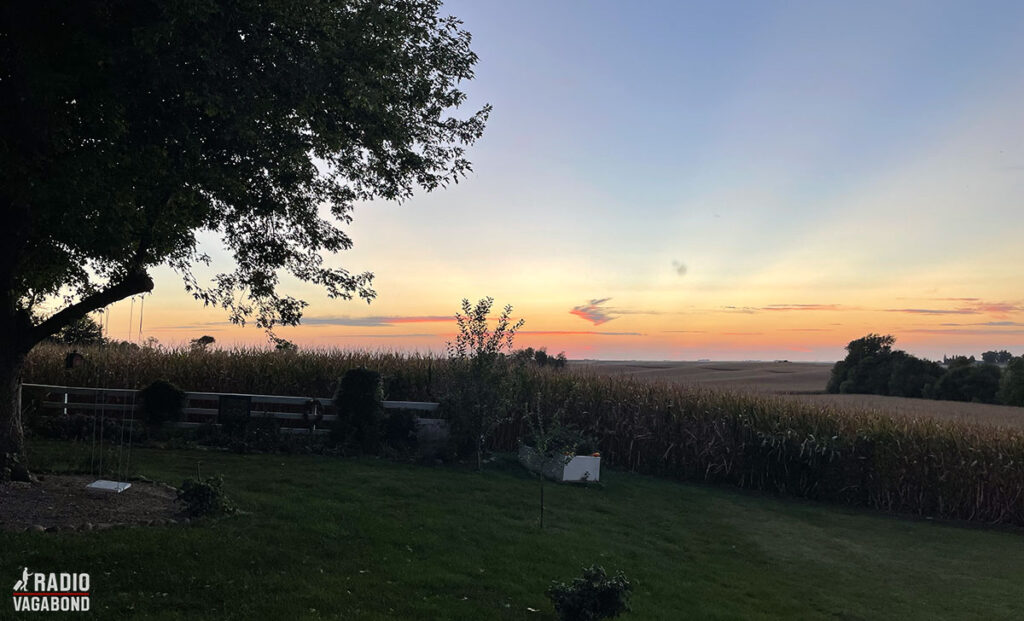
WHO ARE YOU?
Please spend five minutes taking a the survey – tell me a bit about who you are and what you would like more or less on here on The Radio Vagabond.
And as I go upstairs for breakfast, Trudy is in the kitchen making a very special Elk Horn Breakfast: “Ebelskivers and Medisterpolse” – or as Danes call it, “Æbleskiver and Medisterpølse.”
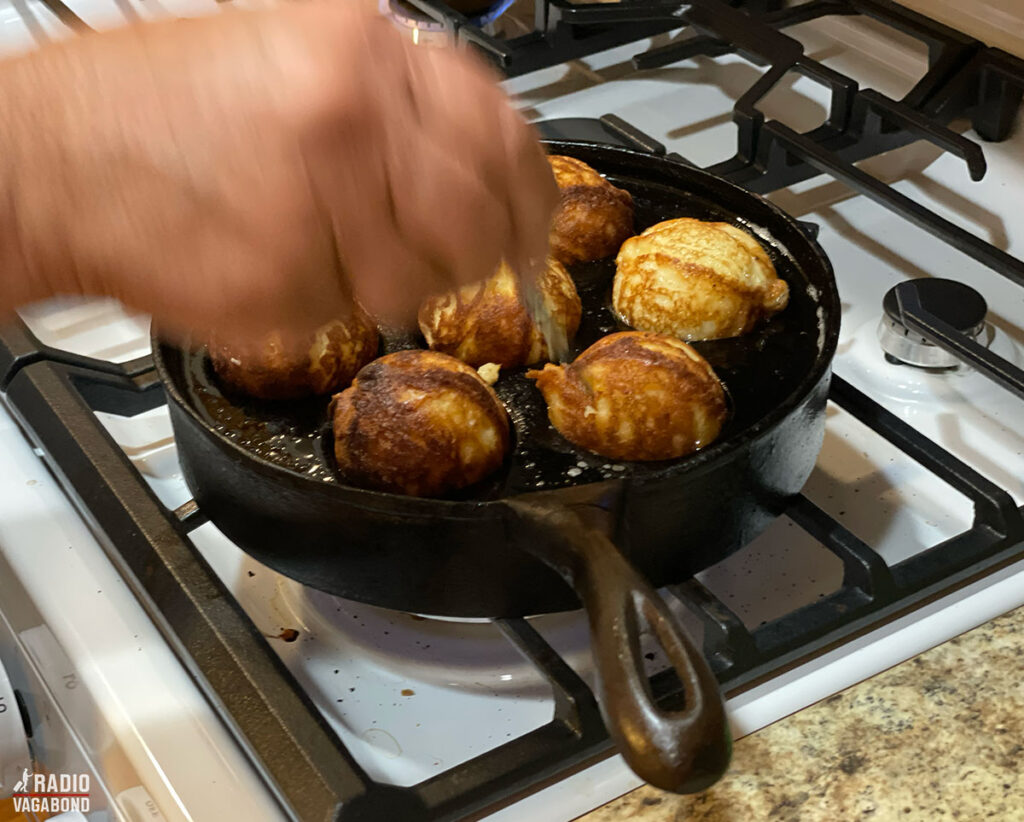
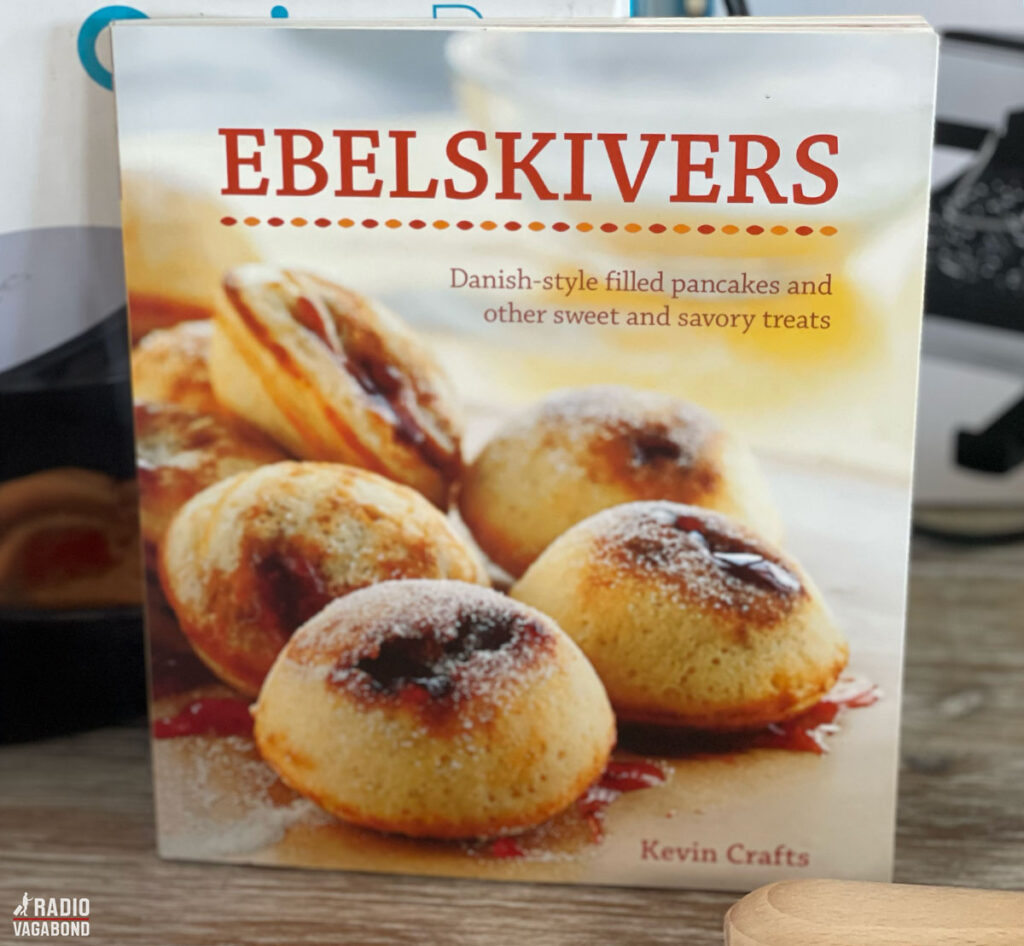
The funny thing is that it’s not something we eat together in Denmark. Ebelskivers are round fluffy balls made out of a thick pancake dough. We eat those with jam and powdered sugar mostly around Christmas. Medisterpolse is a thick sausage that we eat for dinner with potatoes and vegetables.
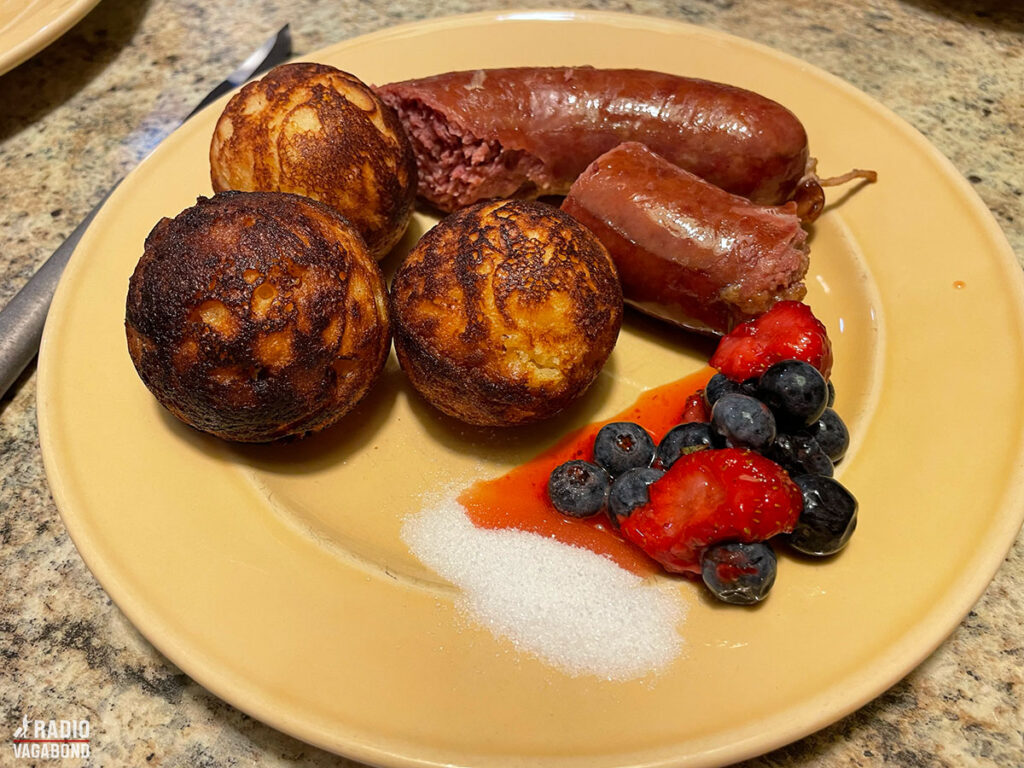
Here they mix it and eat it for breakfast. It’s simply a Danish think that has been changed over time, and Americanized. But still delicious.
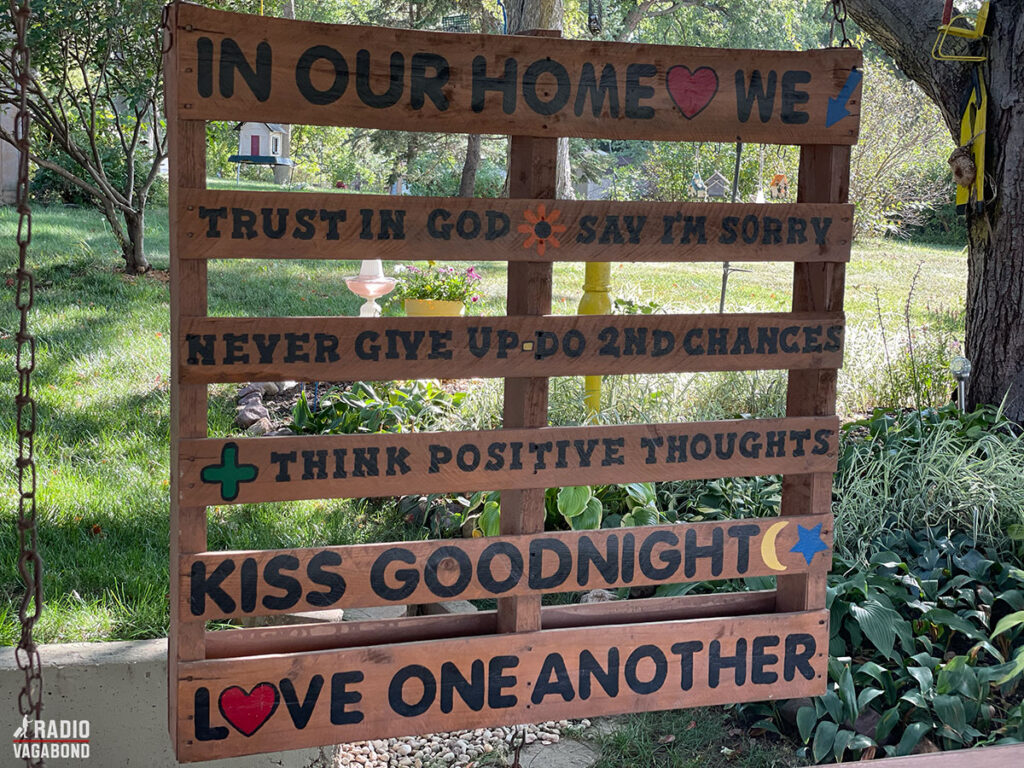
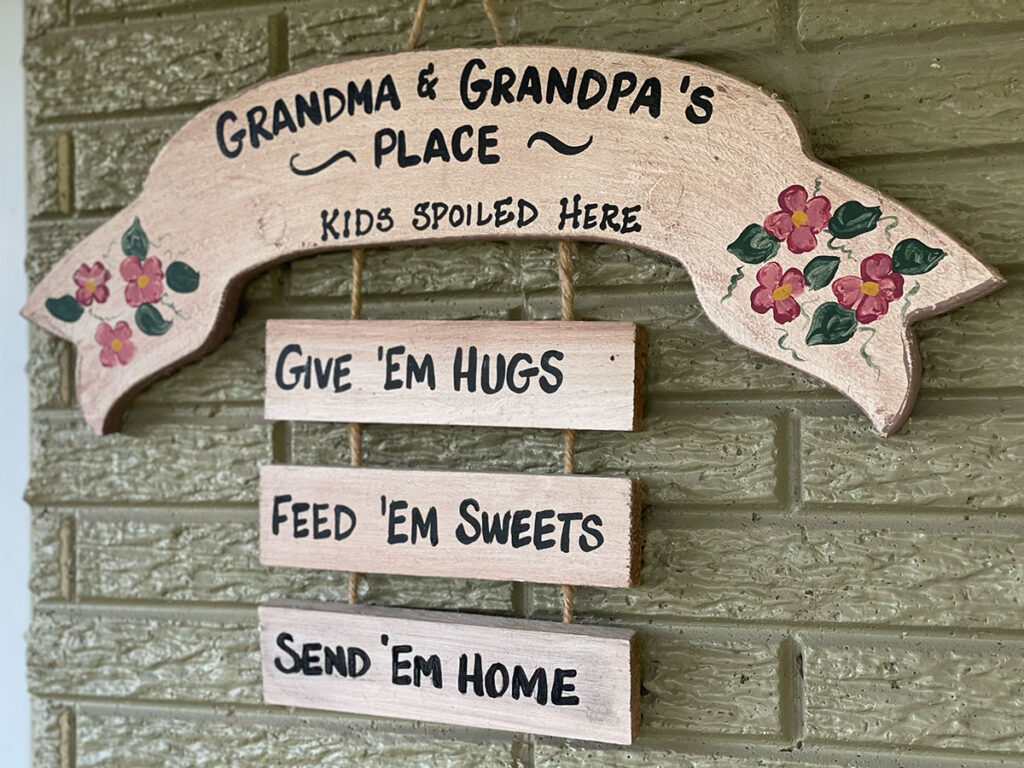
The Danish Windmill
As we’re enjoying the breakfast, we talk a bit about the main tourist attraction in town.
The Danish Windmill is a fascinating piece of history. This authentic Danish windmill was originally built in 1848 in the town of Nørre Snede, Denmark. It stood proudly there for over a century, grinding grain for the local community, before finding a new home across the Atlantic.
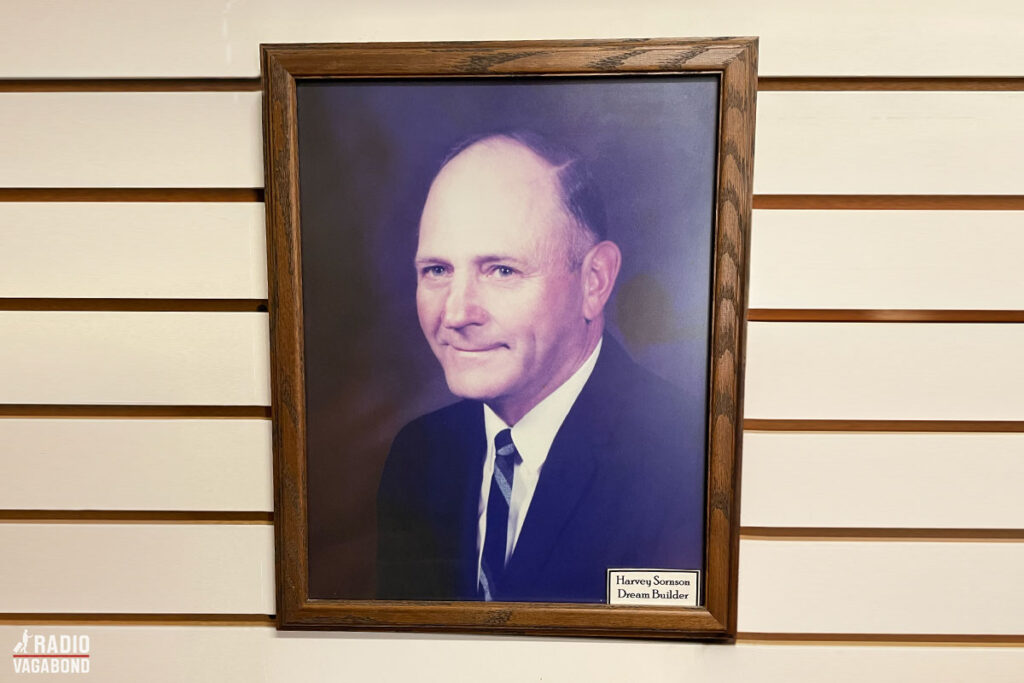
In the mid-1970s, a local man, called Harvey Sorensen got this crazy idea to go find an old windmill in Denmark, and bring a piece of their heritage to their town. People first thought he was losing his mind but with remarkable effort, funds were raised, and in 1976, the windmill was carefully disassembled, shipped to Iowa, and meticulously reassembled by skilled craftsmen.
When the windmill arrived and the old somewhat rotten wooden pieces was spread out on the ground, someone looked at it and said those words: “There’s nothing rotten in the state of Denmark anymore. It’s all here in Elk Horn”
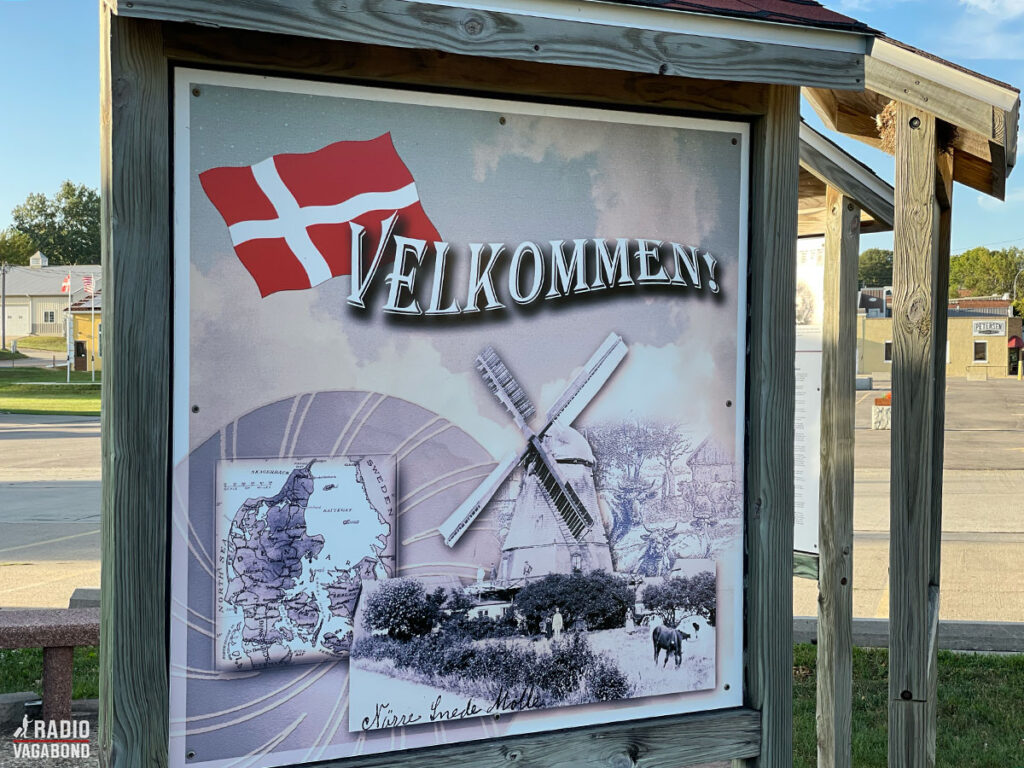
But they managed to put it back together and today, the Danish Windmill stands as a proud emblem of Danish heritage in the heart of the Midwest.
And after breakfast I’m heading there to explore it, learn about its history, and see how it operates.
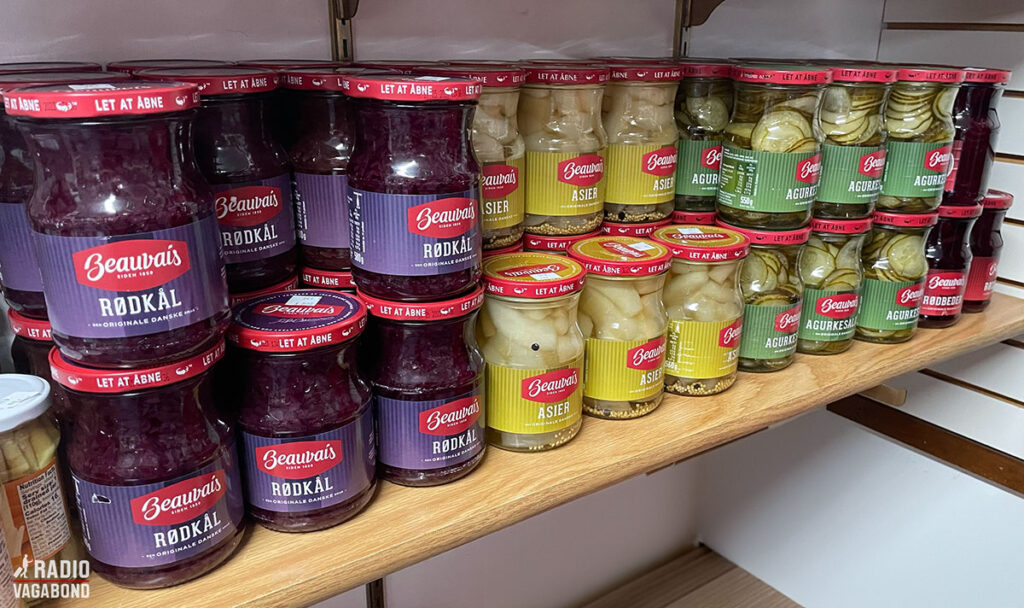
The windmill in Elk Horn is run by the Danish Windmill Corporation, a non-profit organization. It is operated by a dedicated staff and volunteers who manage daily operations, guided tours, and maintenance of the windmill.
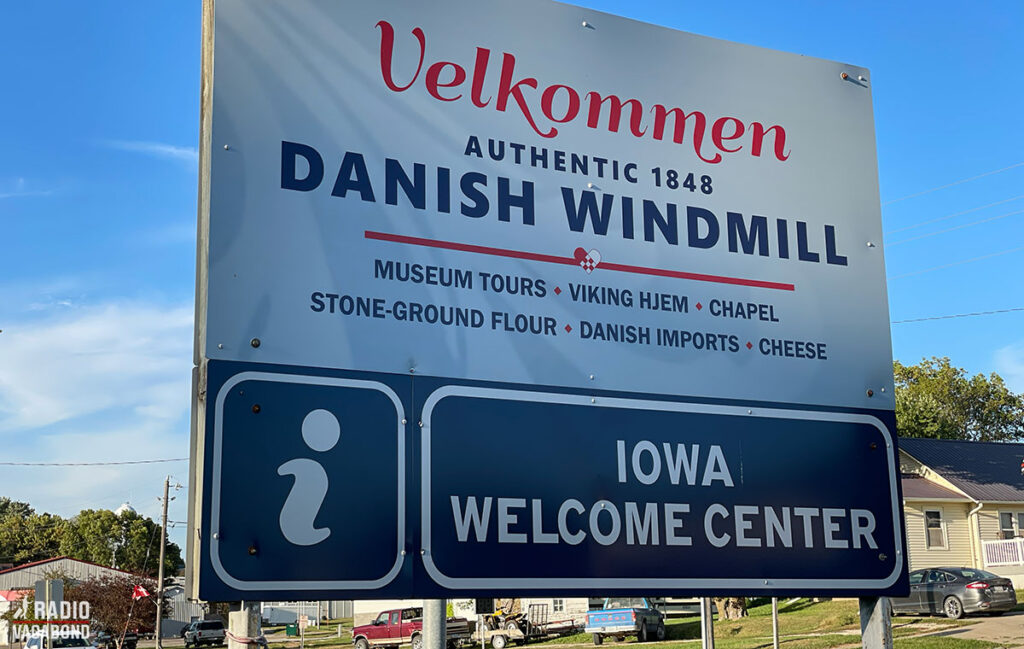
I meet Lisa Steen Riggs, the manager of The Danish Windmill, and ask her to tell me the story of how this came to be.
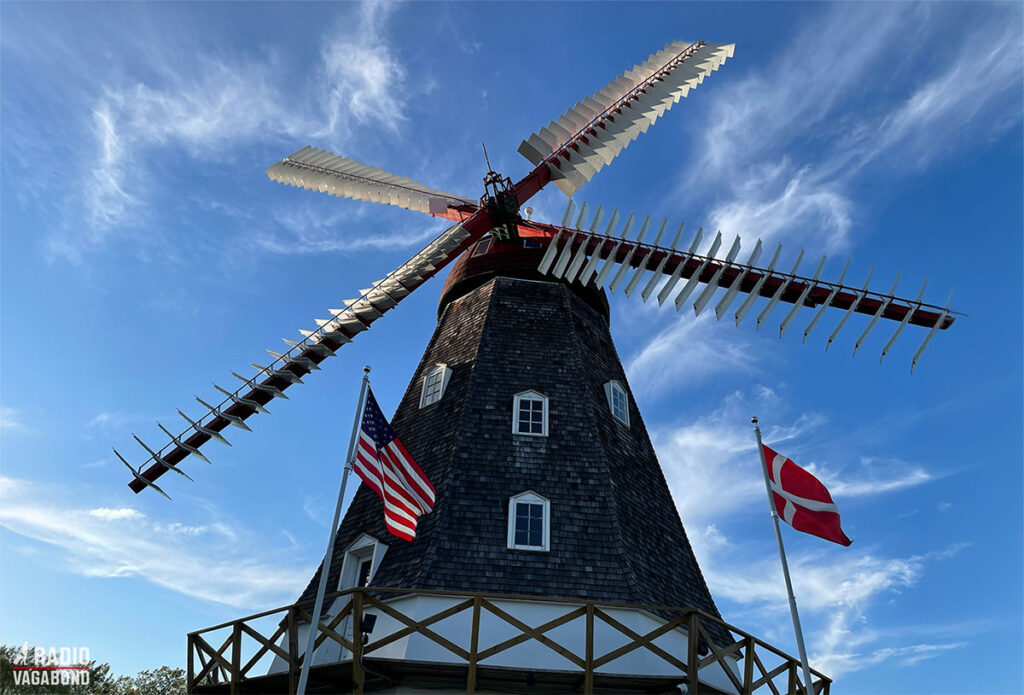
As mentioned, it was Harvey Sorensen who came up with this crazy idea. “It’ll bring in tourists,” he said. At the time it was a farming community – and anything but a tourist destination.
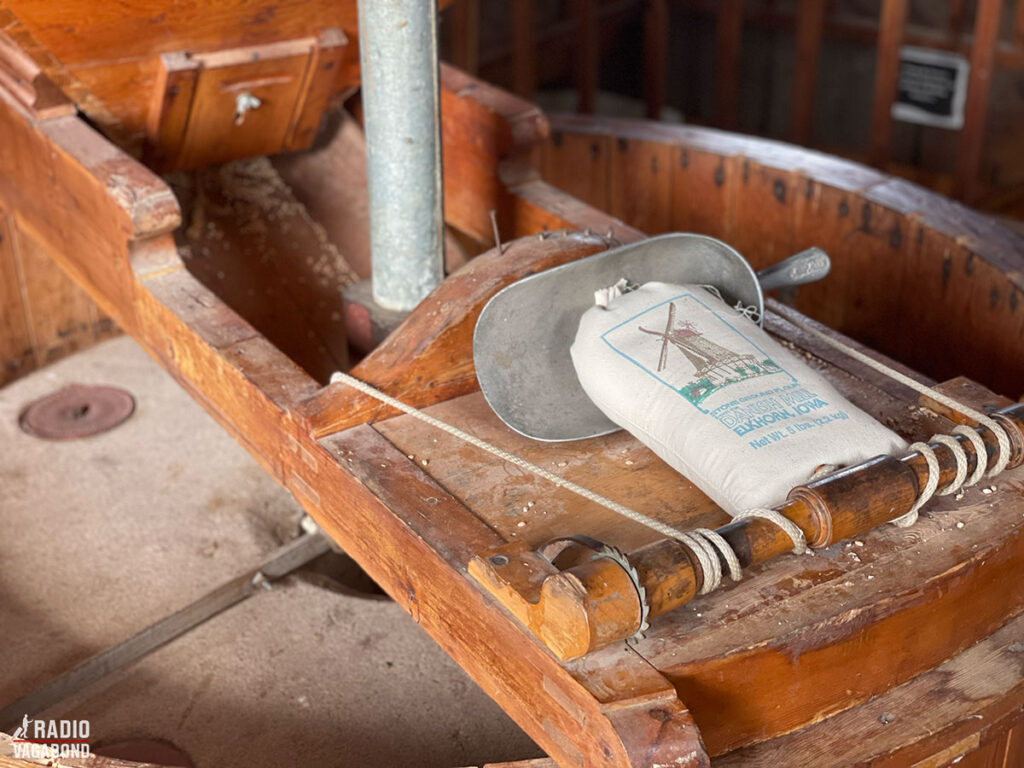
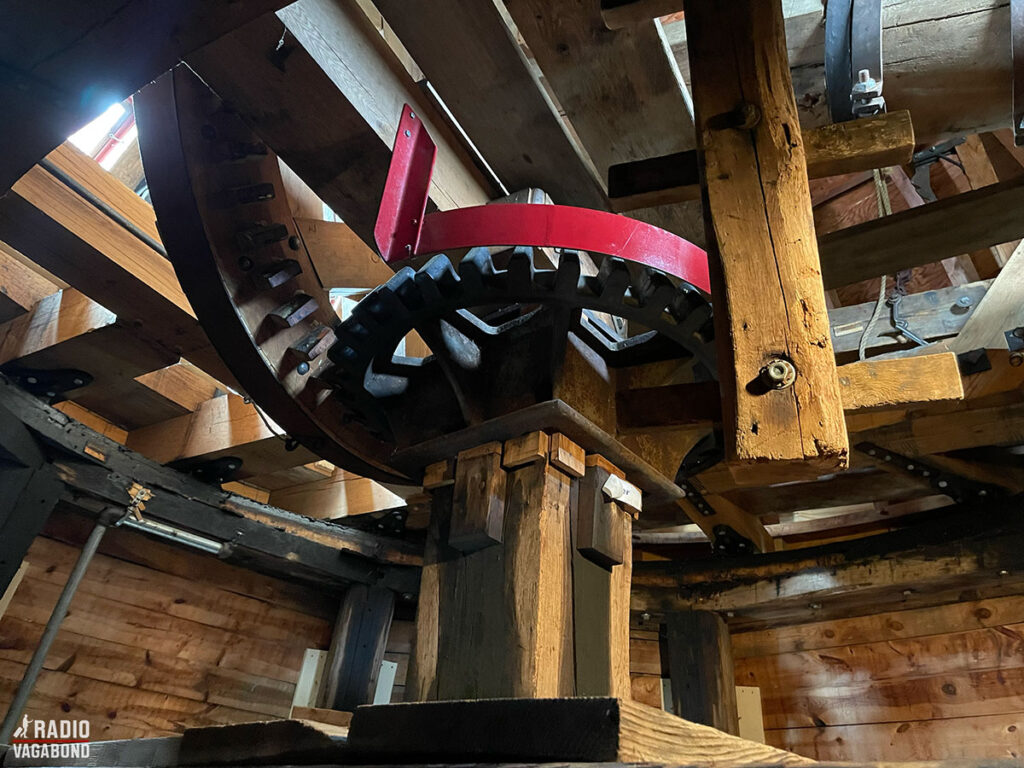
Today, the windmill is not just a static exhibit; it’s a working windmill, complete with grinding stones and all the original mechanisms. This charming piece of Denmark attracts thousands of visitors each year, offering a glimpse into the past and a tangible connection to Danish culture and craftsmanship.
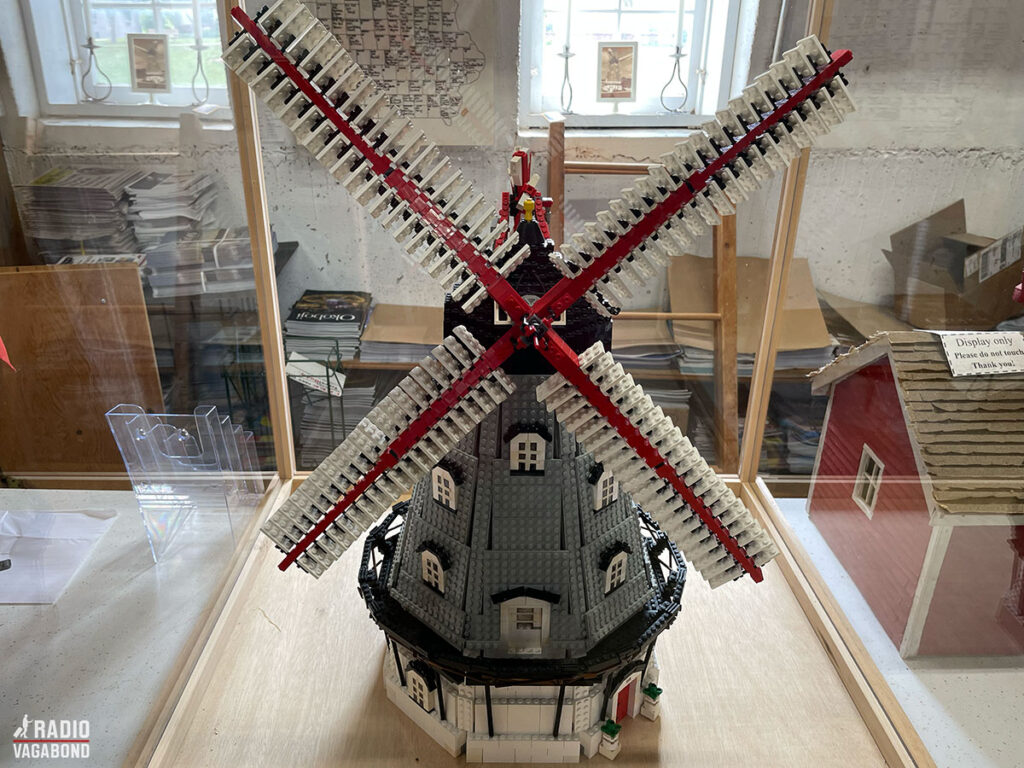
When it was being put back together, Lisa was a young woman going to college and only visiting her parents here once in a while. And it was not in the cards that she would end up working here as a manager.
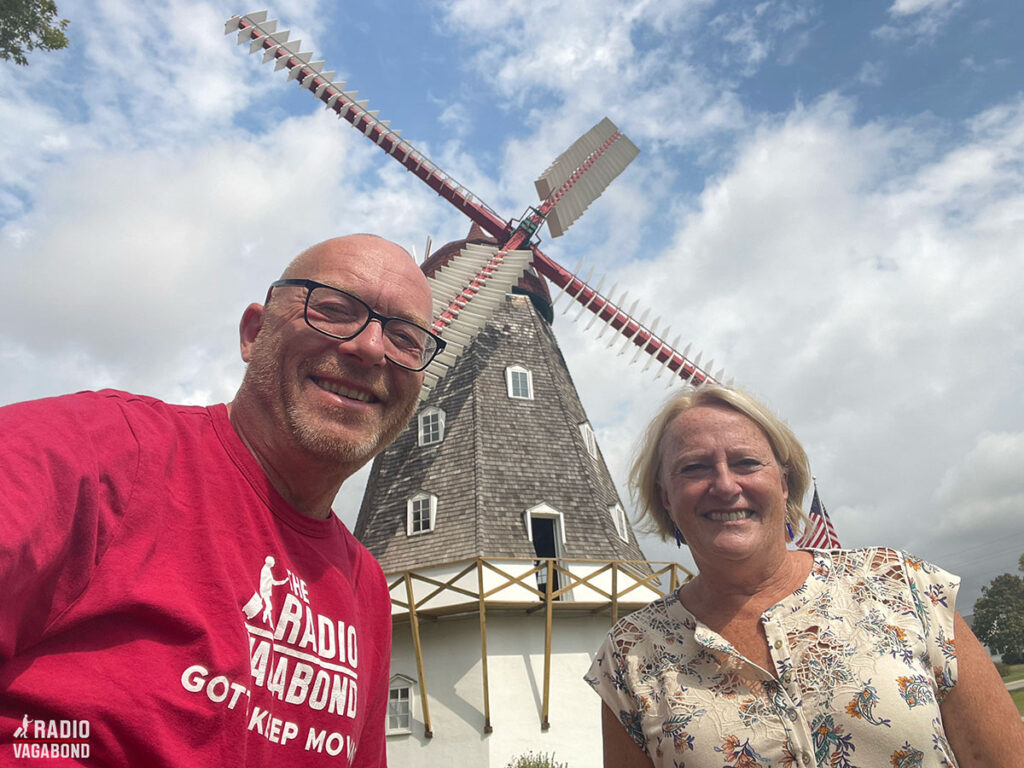
Elk Horn never been a big city; at its peak the population was around 1000 – now only around 650. But it’s a town that is very proud of its Danish heritage and have done a lot to keep the Danish traditions alive. Some of them has been Americanised and watered down over time – like the thing with ebelskivers and medisterpolse.
A Story of Danish Immigrants in 1860’s
Meet Mary and Christian Jensen. They lived in Kerteminde, a quaint town on the island Funen in Denmark – here in the second half of the 1800.
Christian is a sturdy man in his mid-30s, with a thick beard and hands hardened from years of labor. Mary, slightly younger, has a gentle demeanor, with kind eyes and a face that bore the marks of rural life.
They’re living a modest life with their two small children and are working in farming and small-scale trade. And even though they both work long hours it’s hard to make ends meet.
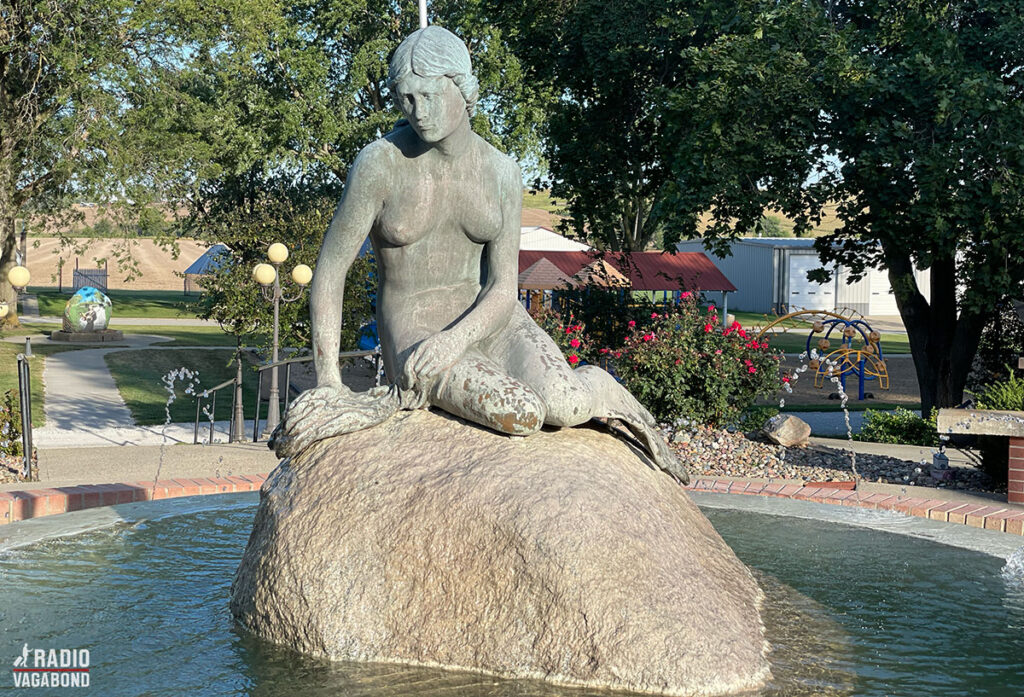
The Decision to Emigrate
Denmark is going through tough times. Poor harvests, high taxes, and political changes were pushing many to consider emigration. Christian and Mary often spend evenings discussing their future, torn between staying in their homeland and seeking better opportunities abroad.
One fateful night after another gruelling day in the fields, Mary has tugged the kids, and Christian is sitting with his pipe in front of the fireplace. She sits down beside him, and he says,
“We need to find a better life, for us and for the children.”
Mary nods. But at the same time, her heart is heavy with the weight of leaving her family behind and setting out on a journey into the unknown.
Christian and Mary Jensen were among the many Danes that moved to America in the late 1800s. Their journey is a tale of resilience and hope. Hope of a better life for them in “the New Land of milk and honey.”
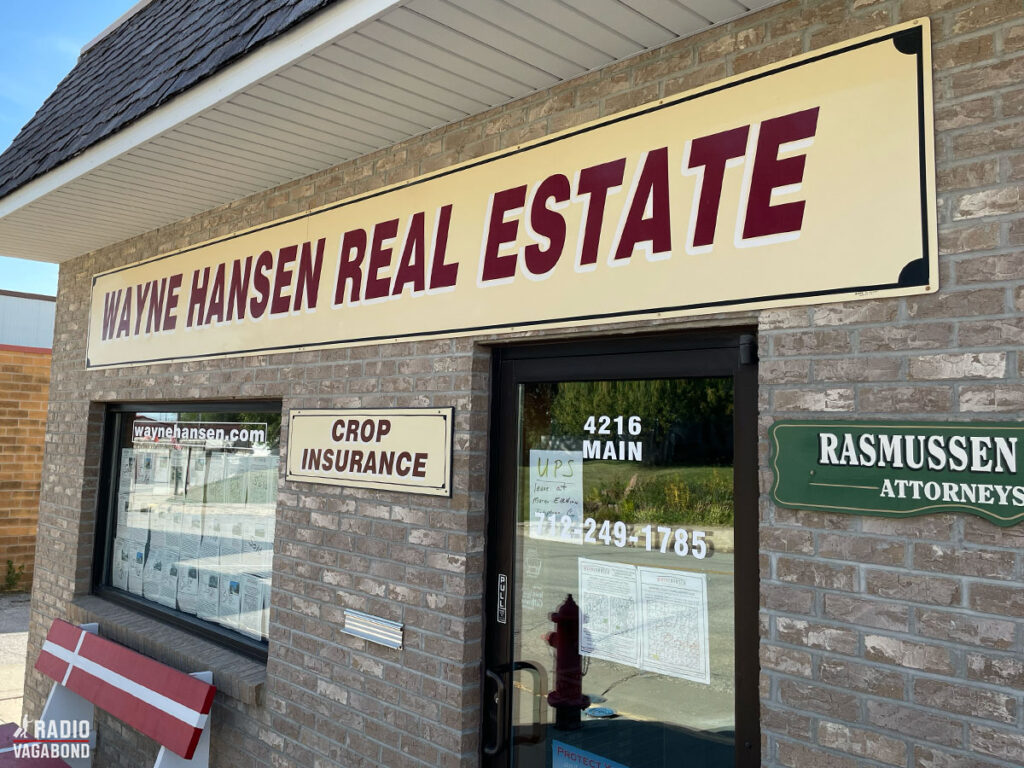
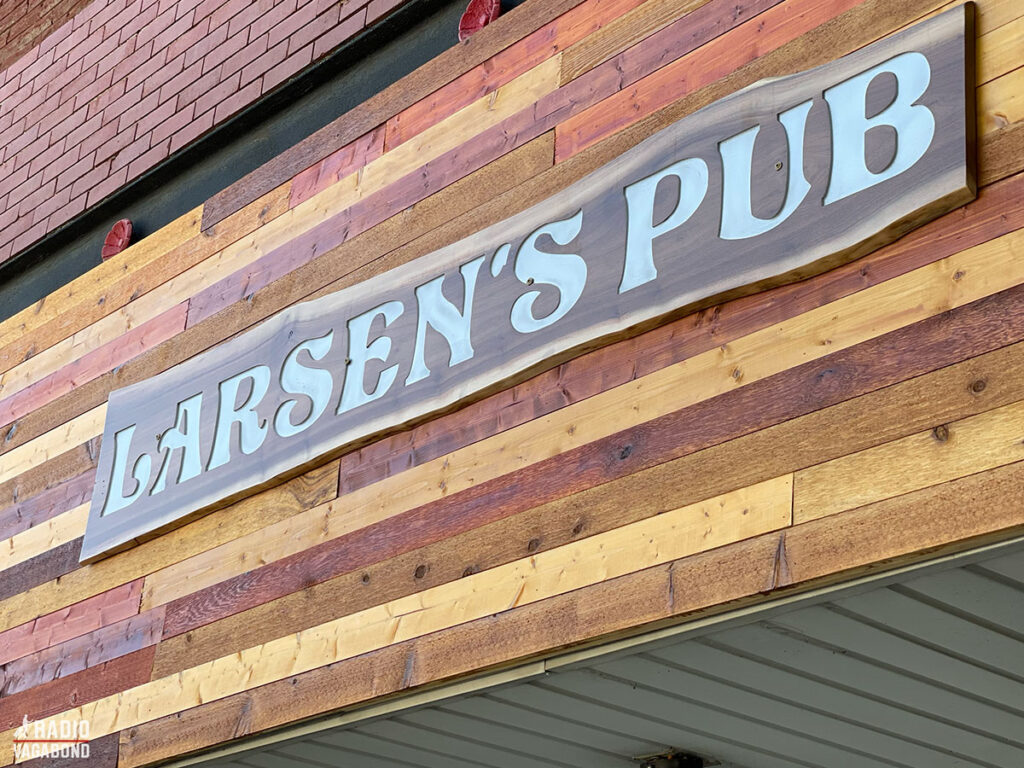
Preparing for the Journey
Back to the young couple in Denmark in 1867 and the story about Mary and Christian. Just to be clear, this is a story that’s only based on a true story – and something I made up. It could be 100% real.
To afford the journey, they sell most of their belongings and save every bit of money they could. Friends and family in Kerteminde, although supportive, are heartbroken. Christian’s brother tries to dissuade him, saying,
“Think of the risks, brother. Think of the unknown!”
But Christian’s determination is firm. The promise of fertile land and freedom in America is too strong to ignore. So, in early spring of 1868, the Jensens make their way to the port of Copenhagen. The departure is bittersweet, filled with tearful goodbyes and the hope of reunion in a better place.
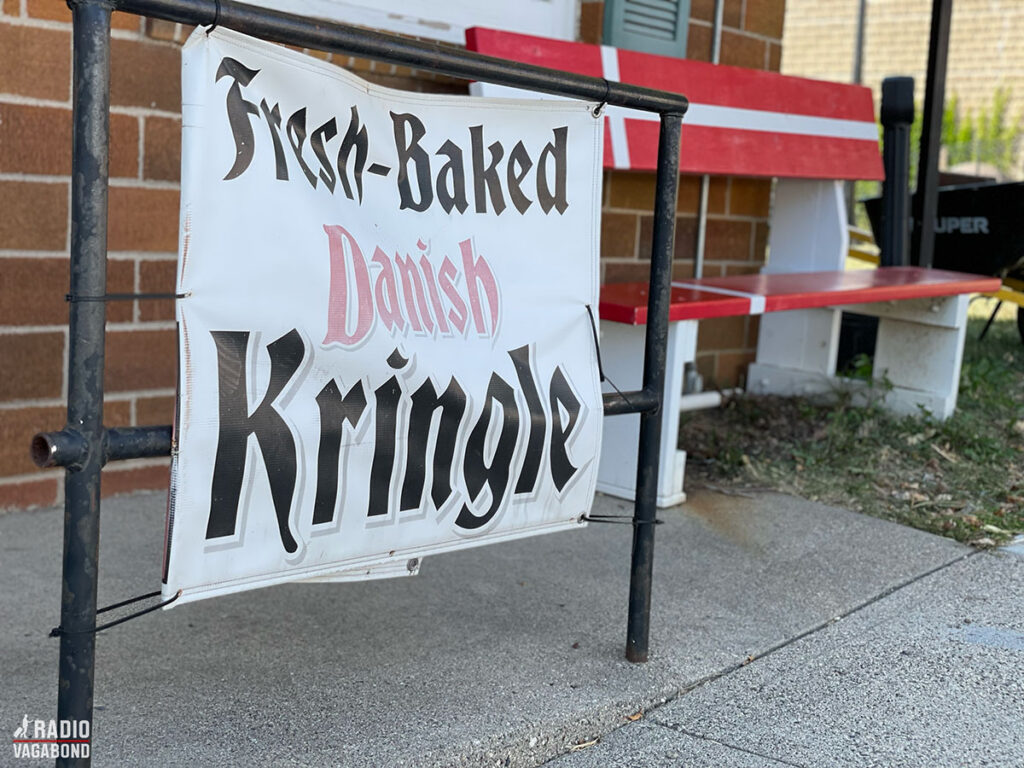
The Voyage Across the Atlantic
The ship, bound for New York, is packed with other hopeful immigrants. The voyage was long and demanding, spanning several weeks. The days blurred together with the endless rocking of the ship, the constant sound of waves crashing, and the cries of seasick passengers.
Mary often held her locket, a gift from her mother, for comfort. “Will we make it, Christian?” she asked one stormy night, her voice barely a whisper after having been seasick for days. Christian, though equally filled with doubt, held her close and whispered, “We will. We have to believe that we will.”
The voyage tested their faith and strength, but the thought of a new life kept them going. They shared what little they had with fellow travelers, forming bonds that would last a lifetime.
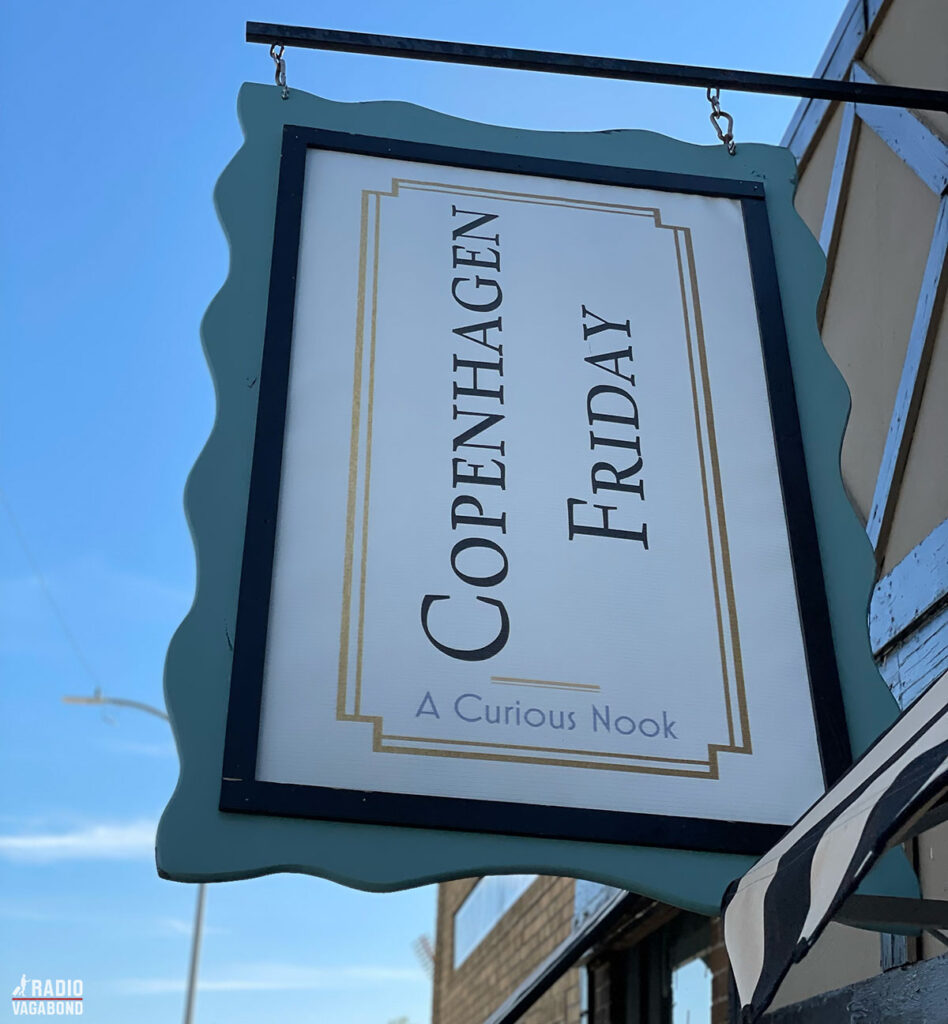
Arrival at Ellis Island
Landing in New York is a sensory overload. The bustling port, the diverse crowd, the sheer scale of the city – it is overwhelming. The Jensens, like many other immigrants, are directed to Ellis Island, the gateway to America. This is their first stop in the new world, a place filled with hope and anxiety – a sprawling complex, buzzing with activity. As they disembark, Christian and Mary joined the masses of people funnelling into the main building. They clutched their few belongings and tried to stay together here in a sea of faces.
The first challenge was the language barrier. Neither Christian nor Mary spoke English. Fortunately, Ellis Island had interpreters for many languages, including Danish. The interpreters were essential, helping the Jensens understand the instructions and questions posed by the officials.
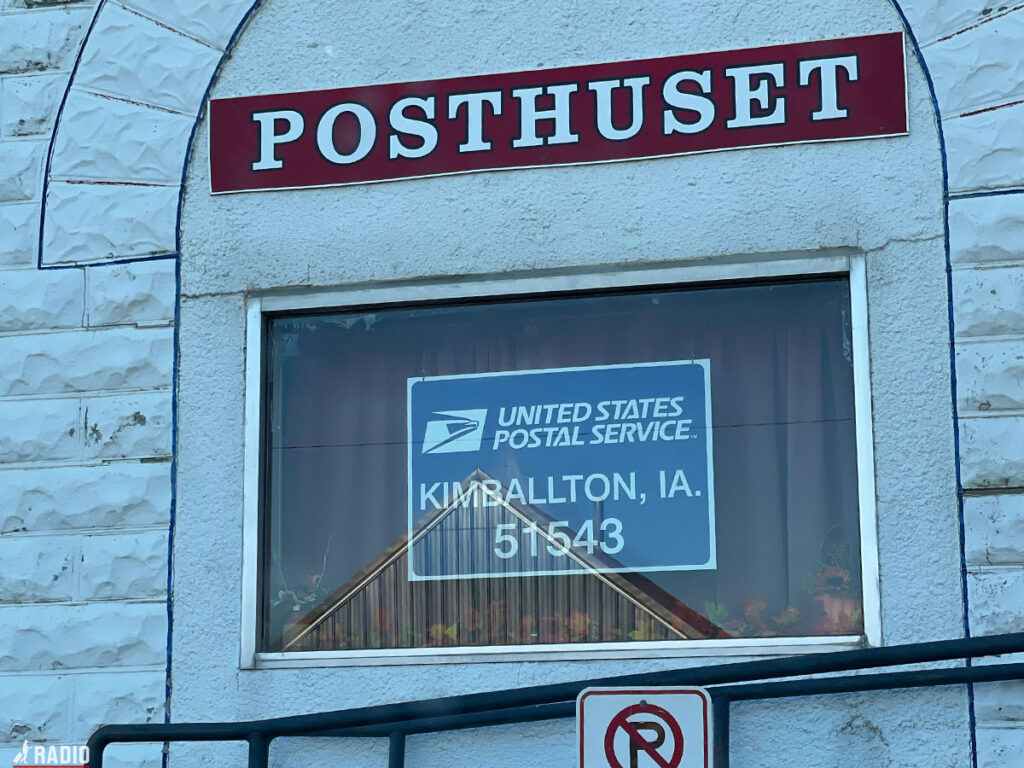
The initial medical examination was a critical step. Doctors quickly inspected each immigrant for obvious signs of illness. Mary was nervous, but Christian squeezed her hand reassuringly. They passed the initial inspection and were directed to the Registry Room, a grand hall filled with long wooden benches and the hum of countless conversations in various languages.
Here, they faced a series of questions from immigration officials. The interpreters were once again invaluable, translating questions about their names, places of origin, occupations, and their intentions in America. It was a rough process, with each answer meticulously recorded. The officials wanted to ensure that the newcomers were healthy and had the means to support themselves.
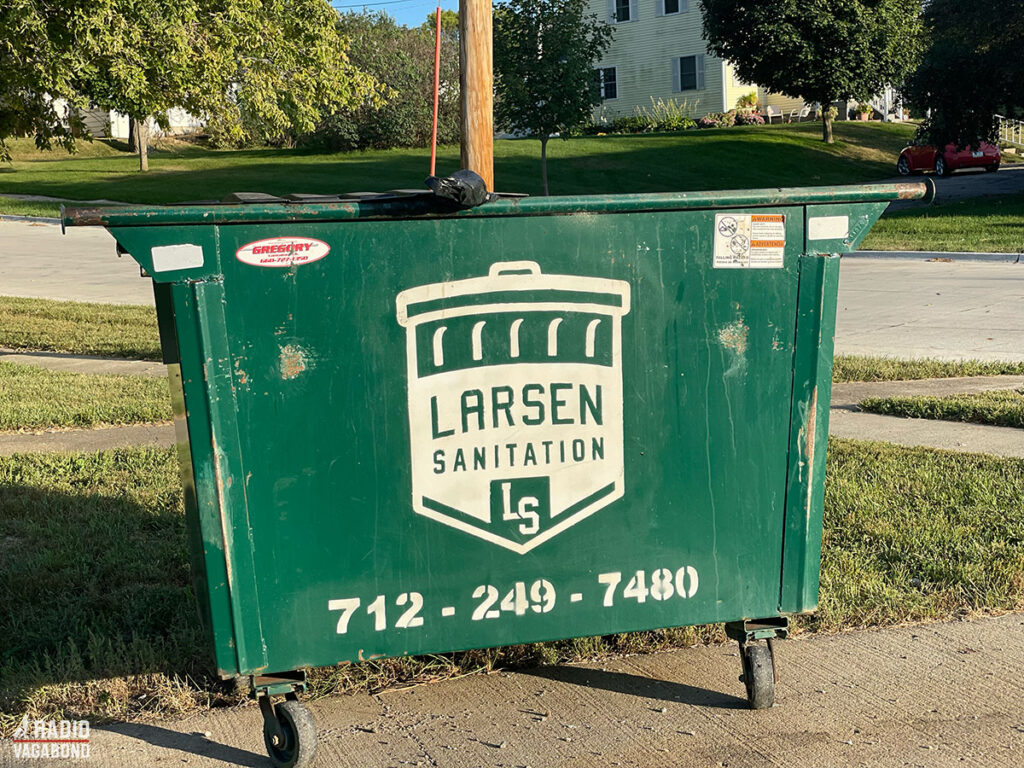
The process seemed to drag on forever, but finally, they received the nod of approval. They were cleared to enter the United States. A wave of relief washed over them.
After a brief stay in the immigrant quarters in the Lower East Side of Manhattan, where they met other Danes in similar situations, and that prepared them to continue their journey west.
Mary and Christian Jensen are making their way to the station called Hudson River Railroad Depot on 10th Avenue – the starting point of their journey from New York. They admire the train that will take them across the vast American landscape. Christian is mostly fascinated by this marvel of this new modern technology. The train journey will be a stark contrast to the cramped quarters of the ship, offering a glimpse of the expansive Midwest.
Meeting Other Danes in Chicago
The train carry them to Chicago where they team up with another Danish couple from Denmark, Peter and Sørine and their young son, Niels. Through letters from his uncle who immigrated a bit earlier, Peter has heard of a place further west with fertile land. And about a new federal law called “Homestead Act of 1862” that provides a nice chunk of public land to settlers totally free.
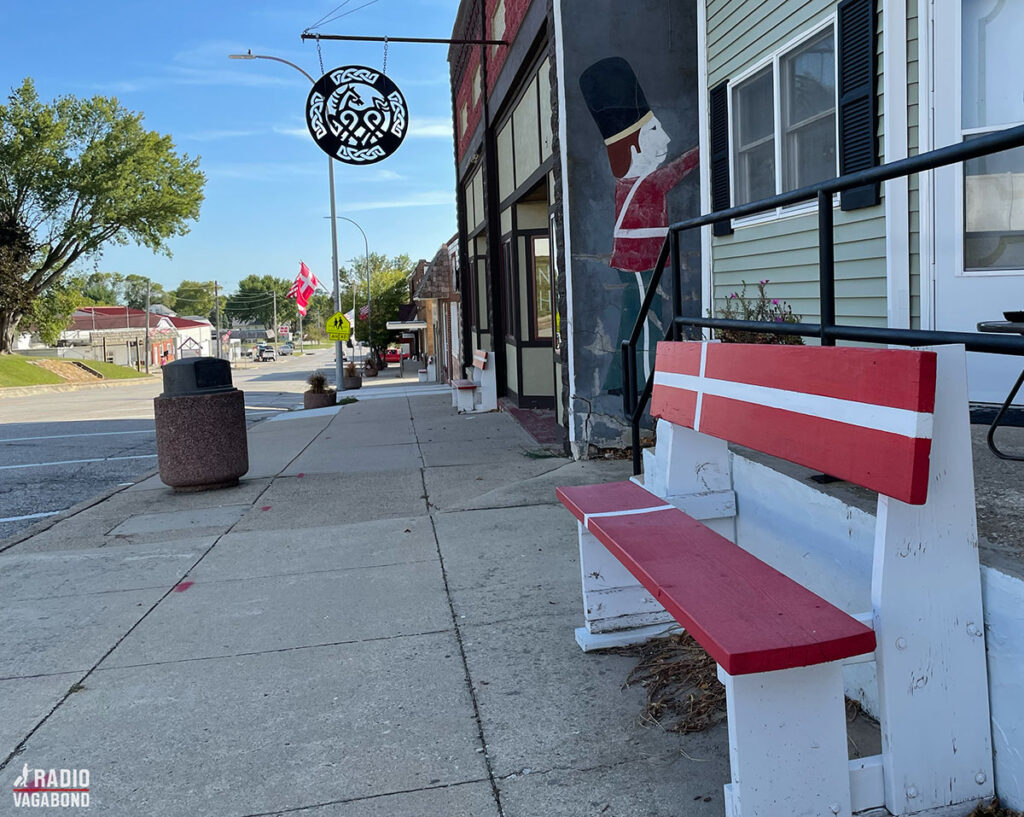
They just have to promise to improve the land by building a house and cultivating crops for at least five years. This act is a massive draw for many immigrants, and in Chicago, Christian shakes Peter’s hand and says,
“We’re in – future neighbour.”
The Final Stretch
They switch from the bustling, smoke-filled trains to horse-drawn carriages. The carriages will take them the final stretch through the more rural and undeveloped areas of the Midwest. The journey is tiring, filled with long days and nights under the open sky. Despite the hardships, the sight of the vast, open plains renews their hope. They feel a new sense of determination, driven by the promise of a new beginning.
Settling in Elk Horn
When they arrive in this place in Iowa, there wasn’t even a village. The two small families were among the first settlers to arrive here in 1868. And Christian and Mary knew they had found their new home. The rolling hills and fertile soil reminded them of Denmark, giving them a sense of belonging.
They, along with other Danish immigrants, worked tirelessly to build their community from the ground up. It was hard work and not only milk and honey. But Christian and Mary often stood at the edge of their new land, looking at the fields with a sense of pride.
As mentioned, Mary and Christian Jensens’ story was just one that I made up. But it could be true and a testament to the courage and determination of immigrants who left everything behind to forge a new life in a foreign land. Their journey, filled with hardships and hope, laid the foundation for the vibrant Danish community in Elk Horn, Iowa.
We’re back with more from Elk Horn next week.
My name is Palle Bo, and I gotta keep moving. See you.
I WOULD LIKE TO HEAR FROM YOU!
Please tell me where are you and what are you doing as you listen to this episode? You can either send me an email on listener@theradiovagabond.com, go to TheRadioVagabond.com/Contact or send me a voice message by clicking on the banner.

Either way, I would love to hear from you. It’s so nice to know who’s on the other end of this.
SPONSOR
A special thank you to my sponsor, Hotels25.com, who always provide me with the best, most affordable accommodation wherever I am in the world.
Hotels25 scans for prices on the biggest and best travel sites (like Booking.com, Hotels.com, Agoda and Expedia) in seconds. It finds deals from across the web and put them in one place. Then you just compare your options for the same hotel, apartment, hostel or home and choose where you book.
When you book with Hotels25, you get access to 5,000,000 hotel deals. And it’s “best price guaranteed.”
PRODUCED BY RADIOGURU
The Radio Vagabond is produced by RadioGuru. Reach out if you need help with your podcast.

